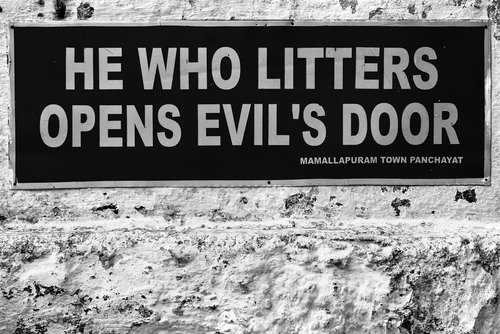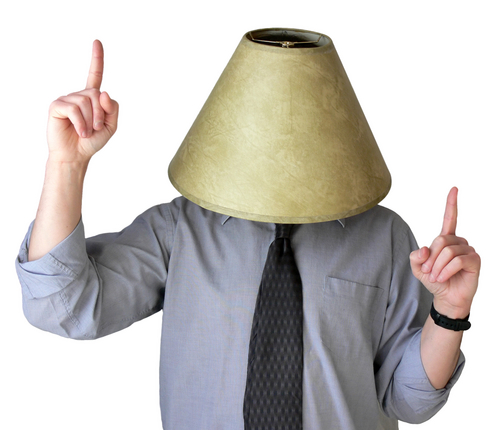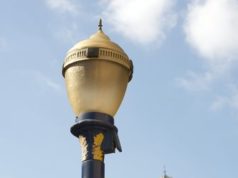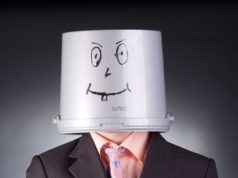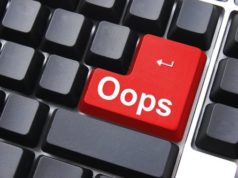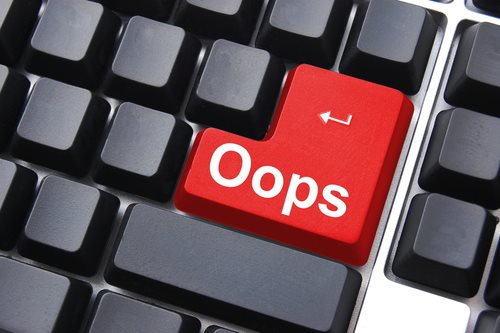
Introduction
Prohibition was a nationwide ban on the production, importation, transportation, and sale of alcoholic beverages from 1920 to 1933 in the United States. The era of Prohibition marked a significant shift in American culture, politics, and society. In this article, we will explore the history of Prohibition in America and the lessons we can learn from the short-lived experiment.
The Origins of Prohibition
The Prohibition movement began in the 19th century and gained momentum in the early 20th century. The movement was led by religious groups, charities, and women’s organizations who saw alcohol as a destructive force that caused social problems, including poverty, crime, and domestic violence.
The 18th Amendment
In 1919, Congress proposed the Eighteenth Amendment to the United States Constitution, which prohibited the sale, transportation, and manufacture of intoxicating liquors in the United States. The amendment was ratified in 1920, making it illegal to produce, sell, or transport alcoholic beverages.
The Effects of Prohibition
Despite its noble intentions, Prohibition was a total failure. Rather than reducing crime and social problems, Prohibition fueled an unprecedented increase in illegal activity, including the rise of organized crime. Bootlegging, speakeasies, and illegal distilling became rampant, and underground bars known as “speakeasies” became popular. The demand for alcohol never waned, and the prohibition only created an illicit trade, which was unregulated and dangerous.
The End of Prohibition
Finally, in 1933, after years of debate, lobbying, and political maneuvering, the 21st Amendment repealed the 18th Amendment, ending Prohibition. The decision to repeal Prohibition was based on the realization that the benefits of legalizing alcohol far outweighed the costs of prohibition.
The Lessons of Prohibition
The Prohibition era was a significant historical event in American history that had a lasting impact on politics, culture and society. The lessons we can learn from the short-lived experiment include:
1. Bans on popular products never work and often create unintended consequences.
2. Legislation should be based on evidence-based research, not moral or ideological considerations.
3. Laws should reflect the values and beliefs of the people, not the views of any particular interest group.
4. The American public values individual freedom and liberty.
Conclusion
The Prohibition era in America was one of the country’s biggest failures, hampering the economy and leading to an unprecedented increase in organized crime. While it was a dark period in American history, the lessons learned have become a valuable lesson for lawmakers and society as a whole. Today, the country celebrates its cultural diversity, traditions, and values, while legal drinking is a part of its everyday lives.
Prohibition refers to a time in American history from 1920 to 1933, when alcohol was outlawed. The manufacturing, sales, and transportation of alcohol was illegal. It first occurred after the American Revolution, when the United States government passed the eighteenth amendment establishing prohibition. This caused for an up roar throughout society, and brought about the creation of secret societies, gangsters, and speak easies which were clubs or hangouts that were kept on the hush. Prohibition caused many people to break the law, and secretly drink alcohol. During the great depression, this became even more of an issue, with people having so much more to be upset about.
To battle the increased interest in alcohol, many communities began the Temperance movement. This movement was an attempt to persuade people to engage in other activities other than drinking alcohol. The Temperance movement associated alcohol with crime, poverty, murder, and rape. Hangouts and bars back then were viewed by many as dark and evil placed. People that went there were looked down upon. Additionally, they blamed loss of income, and accidents in the work place on alcohol as well.
These issues made prohibition stronger, because many people cared about the safety of their friends and family. In the beginning of the twentieth century, there were Temperance organizations in nearly every state. By nineteen sixteen, more than half of the states in the United States enacted amendments into their own state constitutions that prohibited alcohol use as well. The Eighteenth Amendment to the United States Constitution, which prohibited the sale and manufacturing of alcohol, was drafted and it went into effect on January twentieth nineteen twenty.
The Volstead Act was written into the Eighteenth Amendment and was what specified the details of prohibition itself. The Volstead Act stated that any beverage that was more than zero point five alcohol by volume was prohibited. The Volstead Act also made it essential that fines and jail sentences be placed on those who harbored any equipment used to make homemade liquor. Inside the Eighteenth Amendment, there were several loop holes for people to legally drink during prohibition. For example, the Eighteenth Amendment did not mention the actual drinking of alcohol.
This allowed for people to drink and then use technicality to get out of trouble. Another loop hole existed because prohibition went into effect a full year after the Eighteenth Amendment’s ratification. Therefore, many people bought cases of alcohol and stored it so that they could later drink it. Another loop hole was that the Volstead Act allowed alcohol consumption if it was prescribed by a doctor or physician. This created an increase in prescriptions being written for alcohol as a medical drink. This worked for some people, but for others it did not. People that did not stock up on alcohol, or did not know a doctor who could prescribe it to them, used illegal ways to drink during prohibition.
Gangsters, outlaws, delinquents and ordinary people began to engage in illegal activity. These people used this time to gain profit from the shortage of alcohol sales, much like the sale of drugs in the United States today. and began smuggling it in. They would sell it illegally throughout their communities. The only problem was that they were breaking the law. These people would create a team of people to smuggle in rum from the Caribbean, or whiskey from Canada and bring it to the United States. Additionally, they would by an abundance of liquor from everyday American Citizens that made homemade liquor. This is where the origination of speakeasies, or secret bars, came from.
Due to these new secret societies, a new profession emerged. People known as prohibition agents were used to raid speakeasies, finding homemade factories, and arresting gangsters. Many of these agents were bribed and became a part of the secret themselves. At this point it seemed as if people were totally against prohibition and there was nothing anyone could do about it. After the ratification of the Eighteenth Amendment,people all over the country formed a revolt to repeal it. More and more people began to leave the Temperance Movement and joined the movement to appeal prohibition.
The anti-prohibition movement began to grow and they fought that the issue of alcohol was a state issue that should be regulated on a state by state basis. Giving states control would alleviate the national government from the issue and give the states more power to regulate alcohol more efficiently.Additionally, the beginning of the Great Depression started scaring people into desperation. Citizens were out of jobs, and the government and banks were out of money. Legalizing alcohol would open up many new jobs for United States citizens and additional sales taxes for the governments themselves, at all three levels.
On December fifth, nineteen thirty three, the Twenty First Amendment to the United States Constitution was ratified.This Amendment nullified the Eighteenth Amendment, making alcohol legal again throughout the United States. The enactment of the twenty first amendment was the first and only time in United States history that an Amendment has been repealed.
Prohibition had a detrimental affect on brewing companies, and the idea of drinking as a whole in the United States. Only half of the breweries that were open before the Eighteenth Amendment, were reopened after it was repealed by the Twenty First Amendment. This is a huge reason why there are so many domestic beers and liquors that exist in the United States today. The same goes for the wine industry as well. Additionally, due to the Temperance movement in the United States drinking in excess is looked down upon, and laws are harsh surrounding alcohol sales, and usage today.
Just like in the nineteen twenties it is believed that people should not operate machinery or drive motor vehicles while intoxicated. Each state has alcohol levels that each citizen must follow to remain in accordance with law. When in other countries, many under age Americans jump at the chance to drink. Still alcohol is associated today like it was back during prohibition with violence, murder, crime,gambling, and economic difficulties in the home. In many ways the mindset of the Temperance Movement has followed society through to the twenty first century, and the repercussions of alcohol remain the same.


